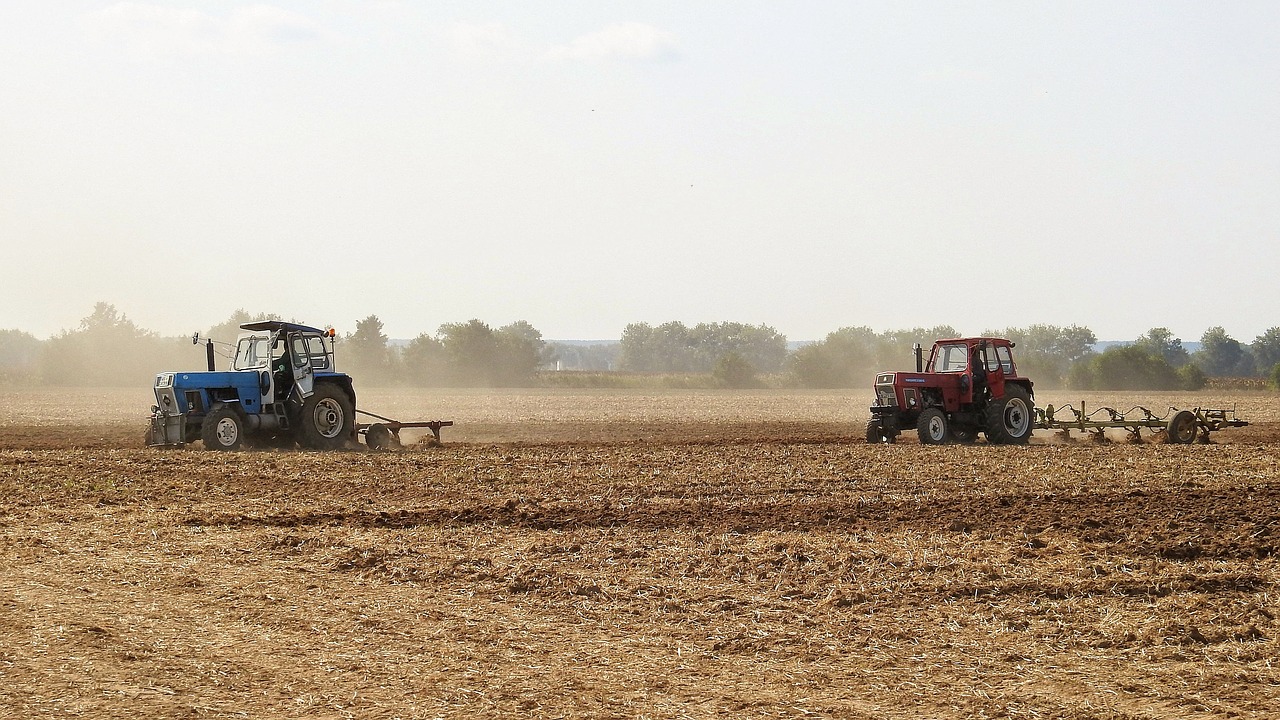European agriculture and forestry are undergoing a digital transformation, with new technologies reshaping how farmers cultivate crops and manage resources. Among these innovations, Guidance and Controlled Traffic Farming (CTF) stand out for their ability to enhance soil health, improve efficiency, and support sustainable farming. As part of the 4Growth project, we’re delving into the latest digital trends shaping these sectors. This snapshot focuses on CTF and guidance technologies, which help reduce soil degradation, optimise field operations, and support climate-resilient agriculture.
Controlled Traffic Farming (CTF) is a precision farming system that minimises soil compaction by keeping machinery confined to designated lanes, leaving the majority of the field undisturbed. By reducing repeated wheel passes, CTF improves soil structure, enhances water infiltration, and promotes healthier root development. Studies indicate that soil compaction from machinery can reduce yields by up to 10-15% in some cases, making CTF an essential strategy for long-term farm sustainability.

One of the most crucial technologies in CTF is high-accuracy positioning systems. Real-Time Kinematic (RTK) GPS, utilising satellite networks like Galileo (EU), GPS (US), GLONASS (Russia), and BeiDou (China), ensures lane accuracy within ±2 cm. This allows machinery to follow the same tracks year after year, minimising soil disturbance and improving field efficiency.
In addition to precise positioning, autosteer and machine control systems further enhance farm operations. Automated steering keeps tractors and other equipment on pre-planned paths, reducing operator fatigue and improving efficiency, particularly in large-scale farming operations. Machine control features, such as auto-section control, prevent overlapping pesticide or fertiliser applications, while variable-rate application (VRA) dynamically adjusts input levels based on sensor data. This ensures that resources like fertilisers and pesticides are only applied where needed, reducing waste and improving soil health.
While CTF technologies offer numerous benefits, several challenges continue to slow widespread adoption. One of the main barriers is the high initial cost associated with these systems, which can be prohibitive for smallholder farmers or those working with lower-value crops. Many advanced systems require significant upfront investment, making it difficult for smaller-scale farmers to justify the expense.
Another key challenge is interoperability. Not all agricultural machinery is compatible with CTF systems, making it difficult for farmers to integrate these technologies without investing in entirely new fleets of equipment. Additionally, CTF adoption requires significant operational changes, meaning farmers must adjust their traditional workflows, which can be a barrier to implementation.

By reducing soil compaction, farmers can improve root development, water retention, and nutrient availability, leading to higher yields and better long-term soil health. CTF also contributes to lower fuel consumption, as reduced wheel slip and minimised tillage requirements lead to more efficient machinery operation. Furthermore, precision agriculture techniques ensure that inputs such as fertilisers and pesticides are applied only where needed, reducing waste and environmental impact.
At 4Growth, we are committed to uncovering how digital technologies like CTF are shaping the future of agriculture and forestry in Europe. Our ongoing research will show both the transformative potential and the adoption barriers faced by farmers across different regions.
As we continue researching digital innovations in agriculture, we invite farmers, policymakers, and stakeholders to share their experiences with CTF. What challenges do you face? What benefits have you observed? Join the conversation and help shape the future of precision agriculture! Share your insights through our survey: https://wur.az1.qualtrics.com/jfe/form/SV_3ZYlHCXhpiDJyyq
Stay tuned as we continue to explore the digital landscape of European agriculture, providing data-driven insights that help us all grow smarter and more sustainably.